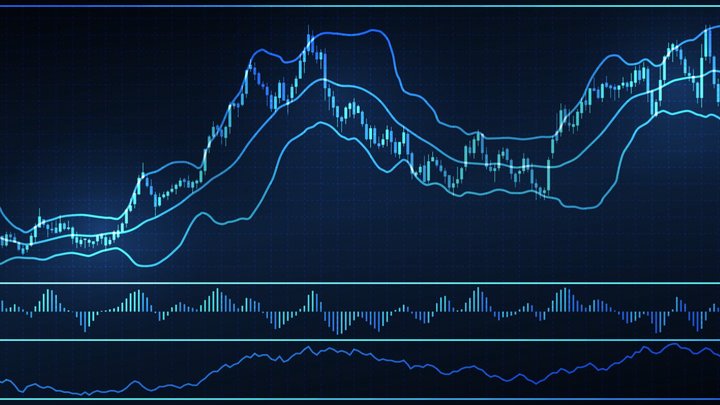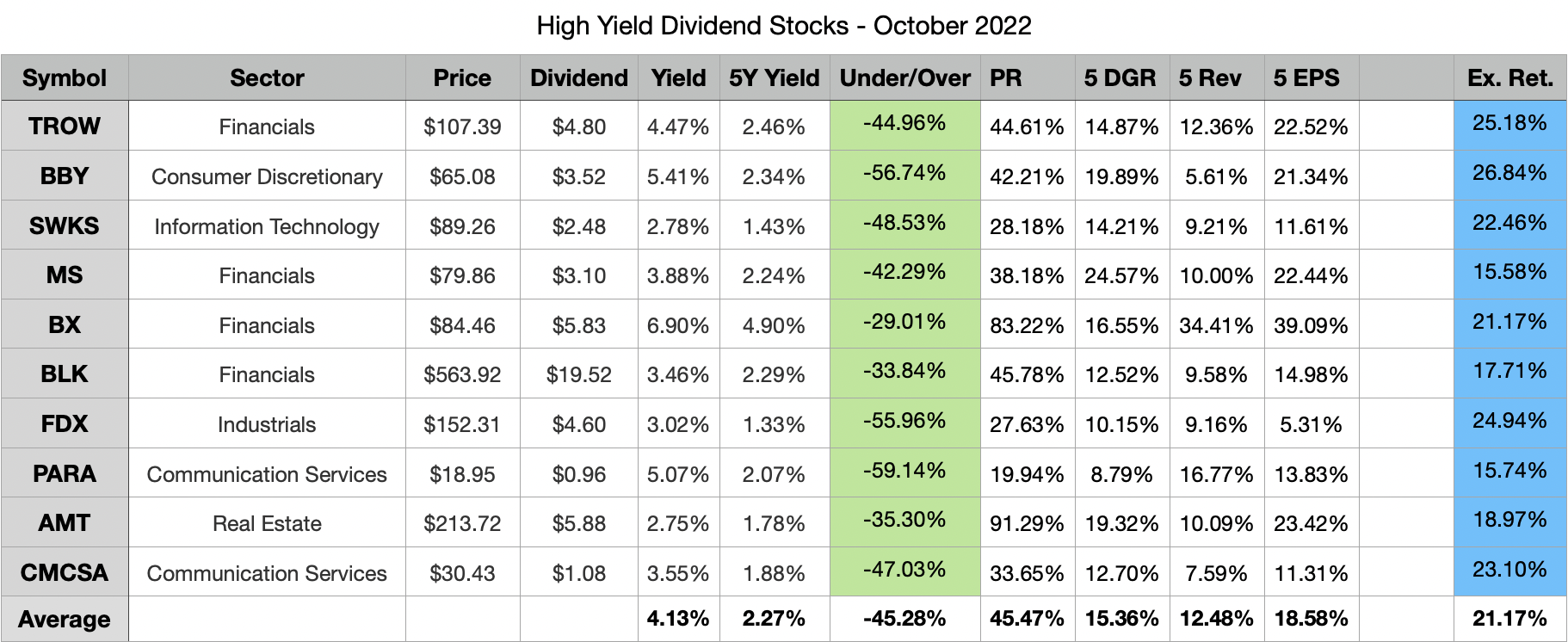
You can reap many benefits from investing in global property funds. These funds can generate capital appreciation and income. The Global Real Estate Fund has a simple investment philosophy: to help you grow and earn income from the acquisition of real estate. It aims to generate a large return on your investment over a long period of time. How do you select a global real-estate fund? Here are some points to remember:
Investment objectives
Whether you're interested in long-term capital appreciation or current income, a global real estate fund may be a good choice for your portfolio. These funds usually invest in equities or global real estate investment trustees. These funds usually select complementary managers from a large number of investment managers to combine them into one fund with a common objective. Global real property funds can offer investors diversification, as well as a higher fee and lower return than an individual manager by investing in a single security.

Asset allocation
Although diversification can be a key component in portfolio construction, global real-estate funds are not likely to reflect this. A survey of institutional investors in Europe, for example, found that 49% of them have a real estate allocation that is made up entirely of domestic assets. The remaining 5% allocate more of their funds than half to non-domestic investments. It is essential to invest your money correctly in this asset class.
Market risk
It's surprising that there isn't a global fund for real estate, considering the size and influence of the largest real-estate managers. With assets under management of over $1.5 trillion, the top 20 realty managers have increased almost threefold since 2002. Fund managers continue to increase in number, with some taking direct position in assets and others collaborating with select partners. These funds have positive returns and a risk profile similar to other asset class. However, due to the equity component, publicly traded real estate investment trusts appear to be the most volatile among the tools. However, all tools are viable options for a global diversified portfolio, with a low risk/return profile.
Dividend yields
The best way to diversify portfolios is to invest in a real estate funds. These funds invest in real-estate companies all over the globe and offer broad exposure to the sector. Some focus on a particular region or subsector, while others are focused on the entire world. A real estate fund can help you increase your income regardless of where you are investing. Here are some examples from global real estate funds.

Diversification
You may believe that a Global Real Estate fund only invests in US properties. This is incorrect. Global Real Estate funds allow you to diversify your investment and can expose you to Asian, European and US markets. These funds can invest in US properties as well as other asset classes such hotels, self-storage units, and specialty living property. Apart from diversifying your real-estate portfolio, you will also be exposed to high-growth areas such as specialty living properties and healthcare Reits.
FAQ
What is the role and function of the Securities and Exchange Commission
SEC regulates the securities exchanges and broker-dealers as well as investment companies involved in the distribution securities. It enforces federal securities laws.
How are Share Prices Set?
Investors set the share price because they want to earn a return on their investment. They want to earn money for the company. So they buy shares at a certain price. Investors make more profit if the share price rises. If the share price falls, then the investor loses money.
An investor's main objective is to make as many dollars as possible. They invest in companies to achieve this goal. They can make lots of money.
What is a REIT and what are its benefits?
An entity called a real estate investment trust (REIT), is one that holds income-producing properties like apartment buildings, shopping centers and office buildings. These companies are publicly traded and pay dividends to shareholders, instead of paying corporate tax.
They are similar to a corporation, except that they only own property rather than manufacturing goods.
How can I select a reliable investment company?
A good investment manager will offer competitive fees, top-quality management and a diverse portfolio. Fees vary depending on what security you have in your account. Some companies charge no fees for holding cash and others charge a flat fee per year regardless of the amount you deposit. Others may charge a percentage or your entire assets.
Also, find out about their past performance records. A company with a poor track record may not be suitable for your needs. Companies with low net asset values (NAVs) or extremely volatile NAVs should be avoided.
You should also check their investment philosophy. Investment companies should be prepared to take on more risk in order to earn higher returns. If they are unwilling to do so, then they may not be able to meet your expectations.
What is the difference between non-marketable and marketable securities?
The differences between non-marketable and marketable securities include lower liquidity, trading volumes, higher transaction costs, and lower trading volume. Marketable securities on the other side are traded on exchanges so they have greater liquidity as well as trading volume. Marketable securities also have better price discovery because they can trade at any time. This rule is not perfect. There are however many exceptions. Some mutual funds are not open to public trading and are therefore only available to institutional investors.
Non-marketable security tend to be more risky then marketable. They are generally lower yielding and require higher initial capital deposits. Marketable securities tend to be safer and easier than non-marketable securities.
A large corporation may have a better chance of repaying a bond than one issued to a small company. The reason is that the former will likely have a strong financial position, while the latter may not.
Marketable securities are preferred by investment companies because they offer higher portfolio returns.
What is a "bond"?
A bond agreement is an agreement between two or more parties in which money is exchanged for goods and/or services. It is also known to be a contract.
A bond is typically written on paper and signed between the parties. The document contains details such as the date, amount owed, interest rate, etc.
The bond is used when risks are involved, such as if a business fails or someone breaks a promise.
Bonds are often used together with other types of loans, such as mortgages. The borrower will have to repay the loan and pay any interest.
Bonds are used to raise capital for large-scale projects like hospitals, bridges, roads, etc.
When a bond matures, it becomes due. The bond owner is entitled to the principal plus any interest.
Lenders lose their money if a bond is not paid back.
Statistics
- Individuals with very limited financial experience are either terrified by horror stories of average investors losing 50% of their portfolio value or are beguiled by "hot tips" that bear the promise of huge rewards but seldom pay off. (investopedia.com)
- For instance, an individual or entity that owns 100,000 shares of a company with one million outstanding shares would have a 10% ownership stake. (investopedia.com)
- Even if you find talent for trading stocks, allocating more than 10% of your portfolio to an individual stock can expose your savings to too much volatility. (nerdwallet.com)
- "If all of your money's in one stock, you could potentially lose 50% of it overnight," Moore says. (nerdwallet.com)
External Links
How To
How to open a Trading Account
Opening a brokerage account is the first step. There are many brokers on the market, all offering different services. Some have fees, others do not. Etrade (TD Ameritrade), Fidelity Schwab, Scottrade and Interactive Brokers are the most popular brokerages.
After opening your account, decide the type you want. You should choose one of these options:
-
Individual Retirement Accounts (IRAs).
-
Roth Individual Retirement Accounts
-
401(k)s
-
403(b)s
-
SIMPLE IRAs
-
SEP IRAs
-
SIMPLE SIMPLE401(k)s
Each option offers different benefits. IRA accounts offer tax advantages, but they require more paperwork than the other options. Roth IRAs permit investors to deduct contributions out of their taxable income. However these funds cannot be used for withdrawals. SEP IRAs are similar to SIMPLE IRAs, except they can also be funded with employer matching dollars. SIMPLE IRAs are simple to set-up and very easy to use. Employers can contribute pre-tax dollars to SIMPLE IRAs and they will match the contributions.
Finally, determine how much capital you would like to invest. This is called your initial deposit. You will be offered a range of deposits, depending on how much you are willing to earn. Depending on the rate of return you desire, you might be offered $5,000 to $10,000. The lower end of this range represents a conservative approach, and the upper end represents a risky approach.
After deciding on the type of account you want, you need to decide how much money you want to be invested. There are minimum investment amounts for each broker. The minimum amounts you must invest vary among brokers. Make sure to check with each broker.
After choosing the type account that suits your needs and the amount you are willing to invest, you can choose a broker. Before selecting a broker to represent you, it is important that you consider the following factors:
-
Fees: Make sure your fees are clear and fair. Many brokers will offer trades for free or rebates in order to hide their fees. However, some brokers actually increase their fees after you make your first trade. Do not fall for any broker who promises extra fees.
-
Customer service – Look for customer service representatives that are knowledgeable about the products they sell and can answer your questions quickly.
-
Security - Select a broker with multi-signature technology for two-factor authentication.
-
Mobile apps: Check to see whether the broker offers mobile applications that allow you access your portfolio via your smartphone.
-
Social media presence. Find out whether the broker has a strong social media presence. It may be time to move on if they don’t.
-
Technology - Does the broker use cutting-edge technology? Is it easy to use the trading platform? Are there any problems with the trading platform?
Once you've selected a broker, you must sign up for an account. Some brokers offer free trials. Others charge a small amount to get started. You will need to confirm your phone number, email address and password after signing up. Next, you will be asked for personal information like your name, birth date, and social security number. Finally, you will need to prove that you are who you say they are.
Once you're verified, you'll begin receiving emails from your new brokerage firm. These emails contain important information and you should read them carefully. You'll find information about which assets you can purchase and sell, as well as the types of transactions and fees. You should also keep track of any special promotions sent out by your broker. These promotions could include contests, free trades, and referral bonuses.
Next is opening an online account. Opening an account online is normally done via a third-party website, such as TradeStation. These websites can be a great resource for beginners. When you open an account, you will usually need to provide your full address, telephone number, email address, as well as other information. After all this information is submitted, an activation code will be sent to you. This code is used to log into your account and complete this process.
Once you have opened a new account, you are ready to start investing.